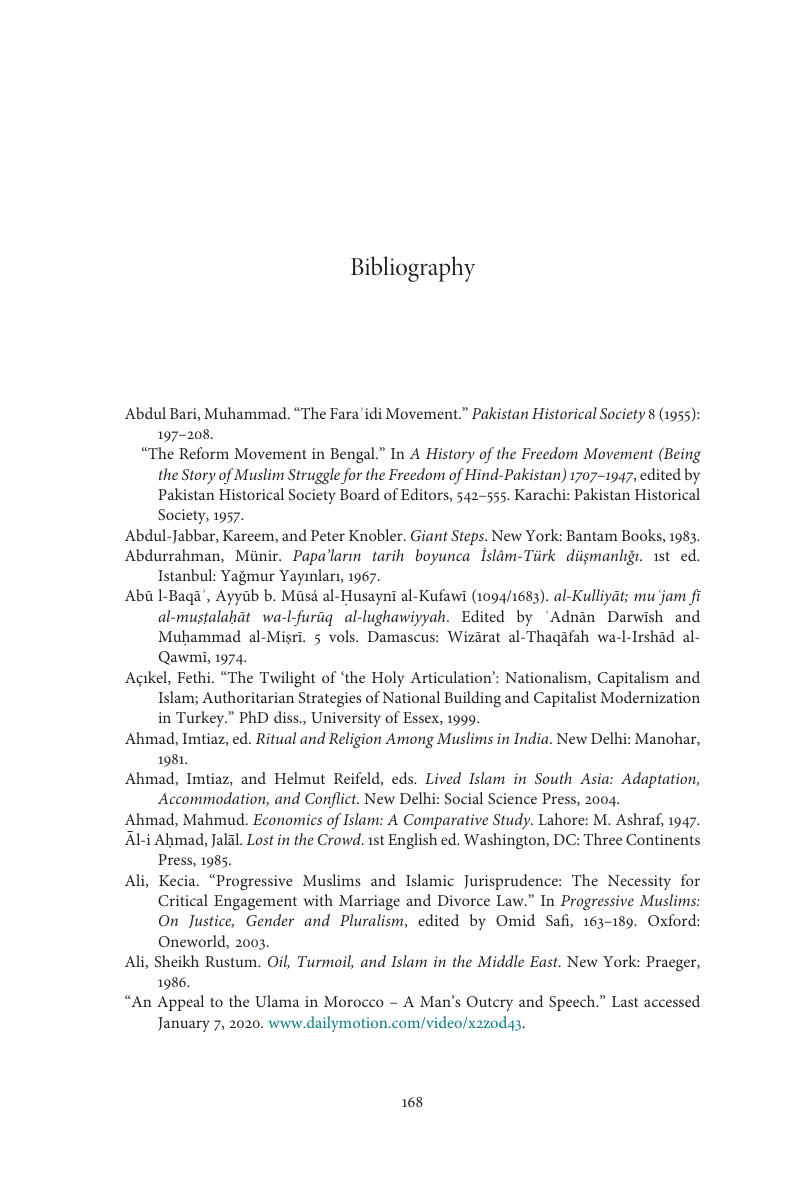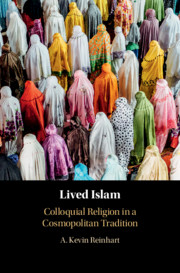Bibliography
Published online by Cambridge University Press: 18 May 2020
Summary

Information
- Type
- Chapter
- Information
- Lived IslamColloquial Religion in a Cosmopolitan Tradition, pp. 168 - 185Publisher: Cambridge University PressPrint publication year: 2020
